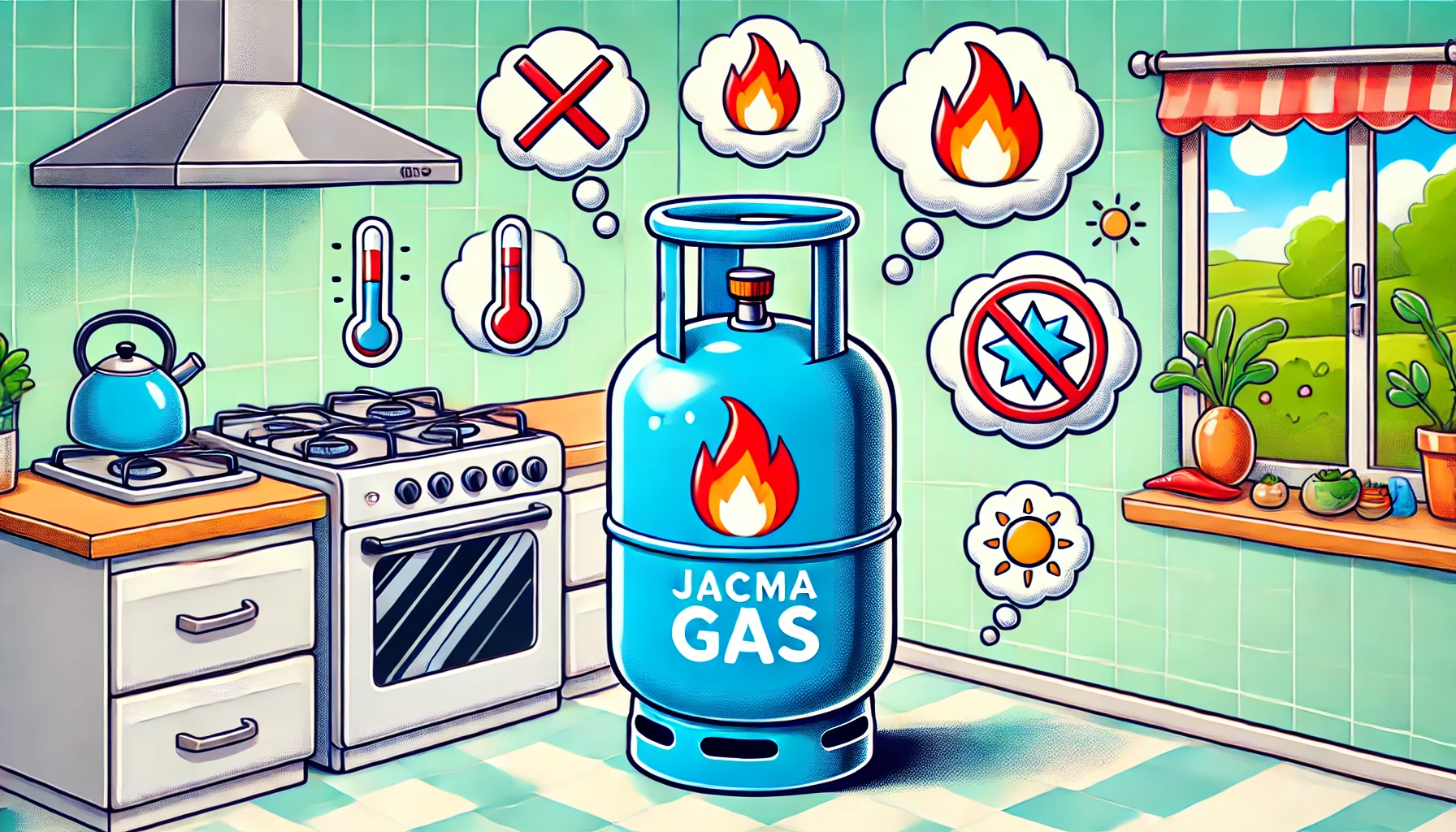Cooking gas is something many of us use daily, yet there’s a surprising amount of misinformation floating around about it. From safety fears to odd “hacks,” myths can cause unnecessary worry or even unsafe practices. Today, we’re setting the record straight by busting 10 of the most common cooking gas myths.
1. “Gas Cylinders Easily Explode”
This is probably the most common fear — but it’s largely exaggerated.
Cylinders are built to be incredibly tough, withstanding high pressures and extreme conditions. Most explosions happen because of external fires, not because cylinders randomly “blow up.”
2. “You Should Shake the Cylinder to Check Gas Levels”
Shaking your gas cylinder won’t accurately tell you how much gas is left. In fact, it’s dangerous. The proper way is to pour warm water on one side of the cylinder and feel where it gets cold — that’s the gas level.
3. “The Smell Means a Leak”
Cooking gas is naturally odorless. The smell you recognize is added (a chemical called mercaptan) precisely to help you detect leaks early.
A slight smell when turning on your stove isn’t always a leak — but if the smell persists, turn everything off and check.
4. “Bigger Flame Means Better Cooking”
Not necessarily!
A huge flame can actually burn food unevenly and waste gas. The right cooking flame is blue and steady, not high and yellow.
5. “Cylinders Must Be Kept in Sunlight to Work Well”
Actually, no — exposing gas cylinders to direct sunlight is unsafe. They should always be stored in cool, well-ventilated areas.
6. “New Cylinders Are Always Full”
Mistakes happen. It’s good practice to check the weight stamped on the cylinder (empty weight) and the net weight (full) before use.
7. “Lighter Stoves Are More Efficient Than Matchstick Stoves”
Efficiency depends more on the stove design and maintenance than how you light it. Both lighters and matches are fine as long as they are used safely.
8. “It’s Okay to Delay Servicing Gas Stoves”
Over time, burners can get clogged, causing incomplete combustion and even carbon monoxide buildup. Regular servicing is key for safety and performance.
9. “It’s Safe to Repair Gas Leaks with Tape”
Never attempt DIY repairs on gas fittings. Always call a certified technician to fix leaks properly.
10. “If There’s a Leak, Open a Fan to Blow the Gas Away”
Wrong — using electric switches or fans can cause sparks. Instead, open windows and doors manually to ventilate the area.
Final Thoughts:
Cooking gas is one of the safest energy sources when handled correctly. By understanding the facts and staying alert to potential issues, you can keep your kitchen safe and efficient. Always stay informed — and don’t fall for myths!

